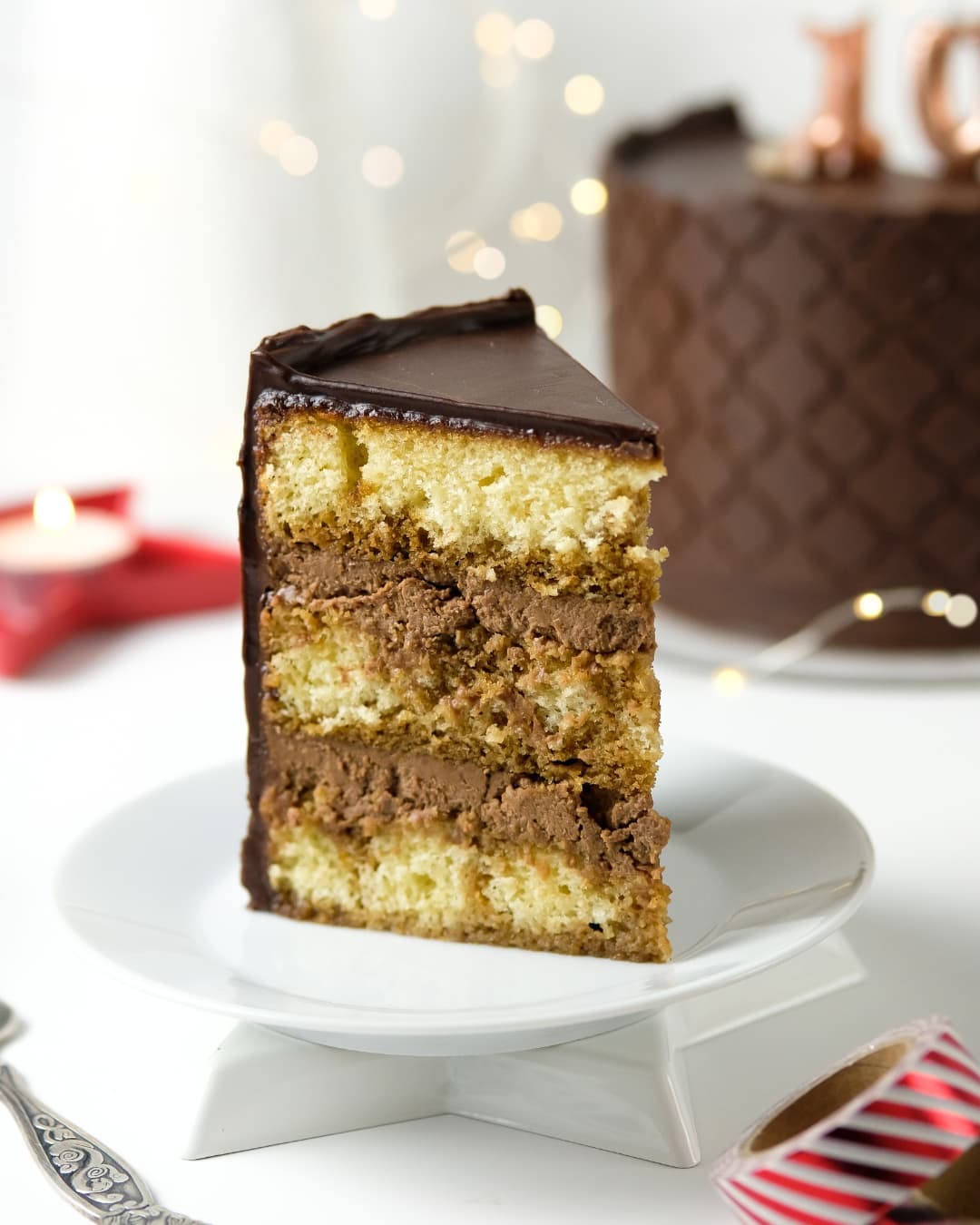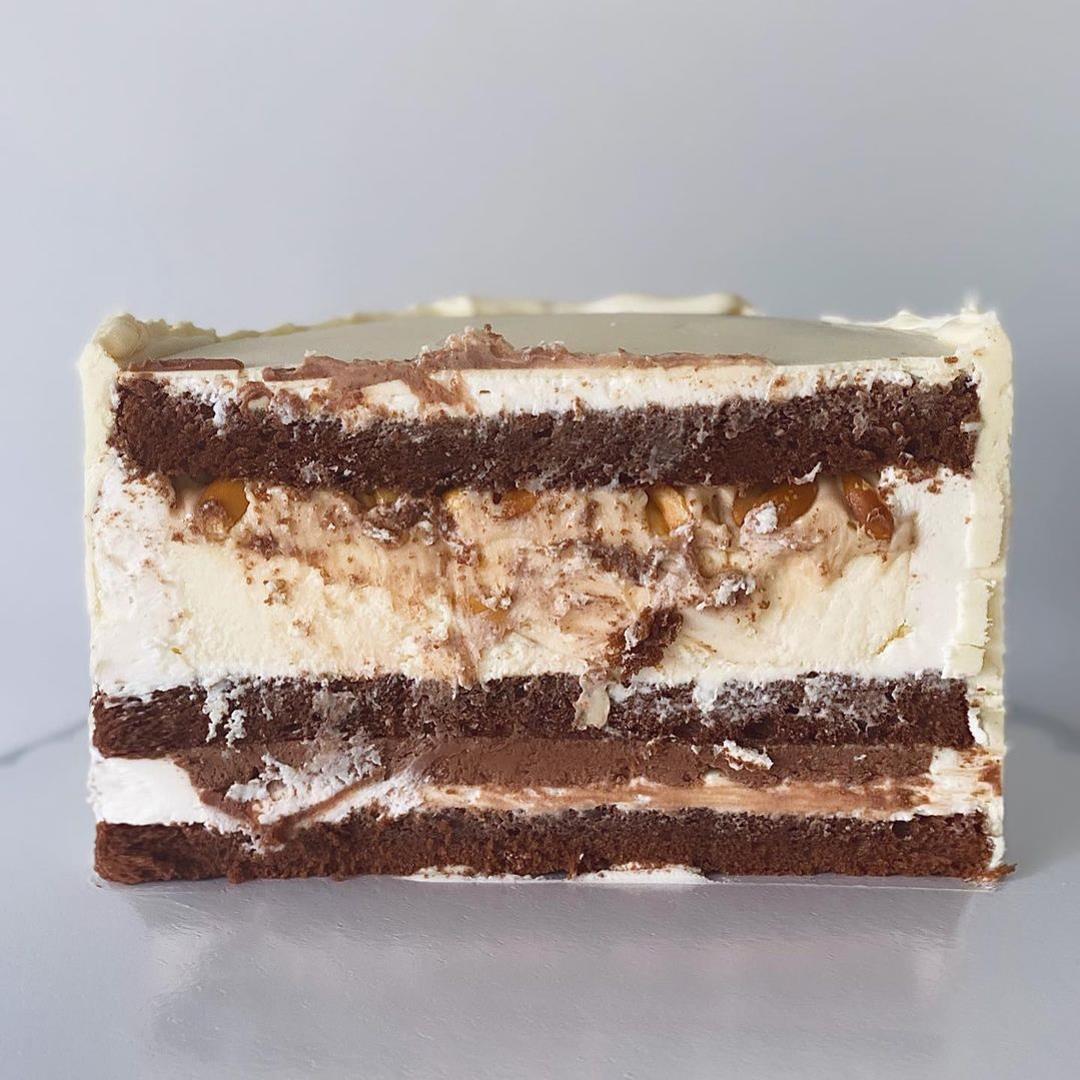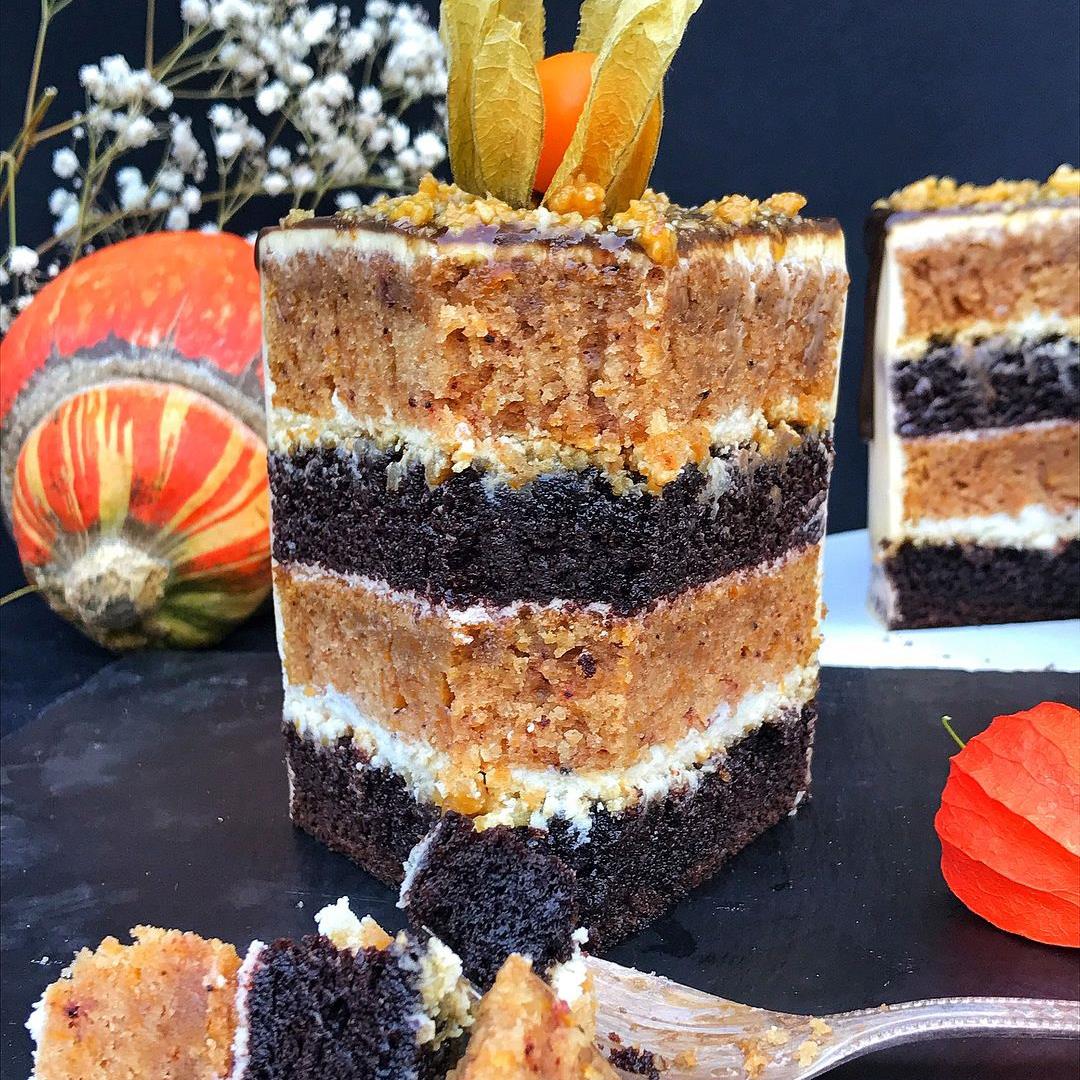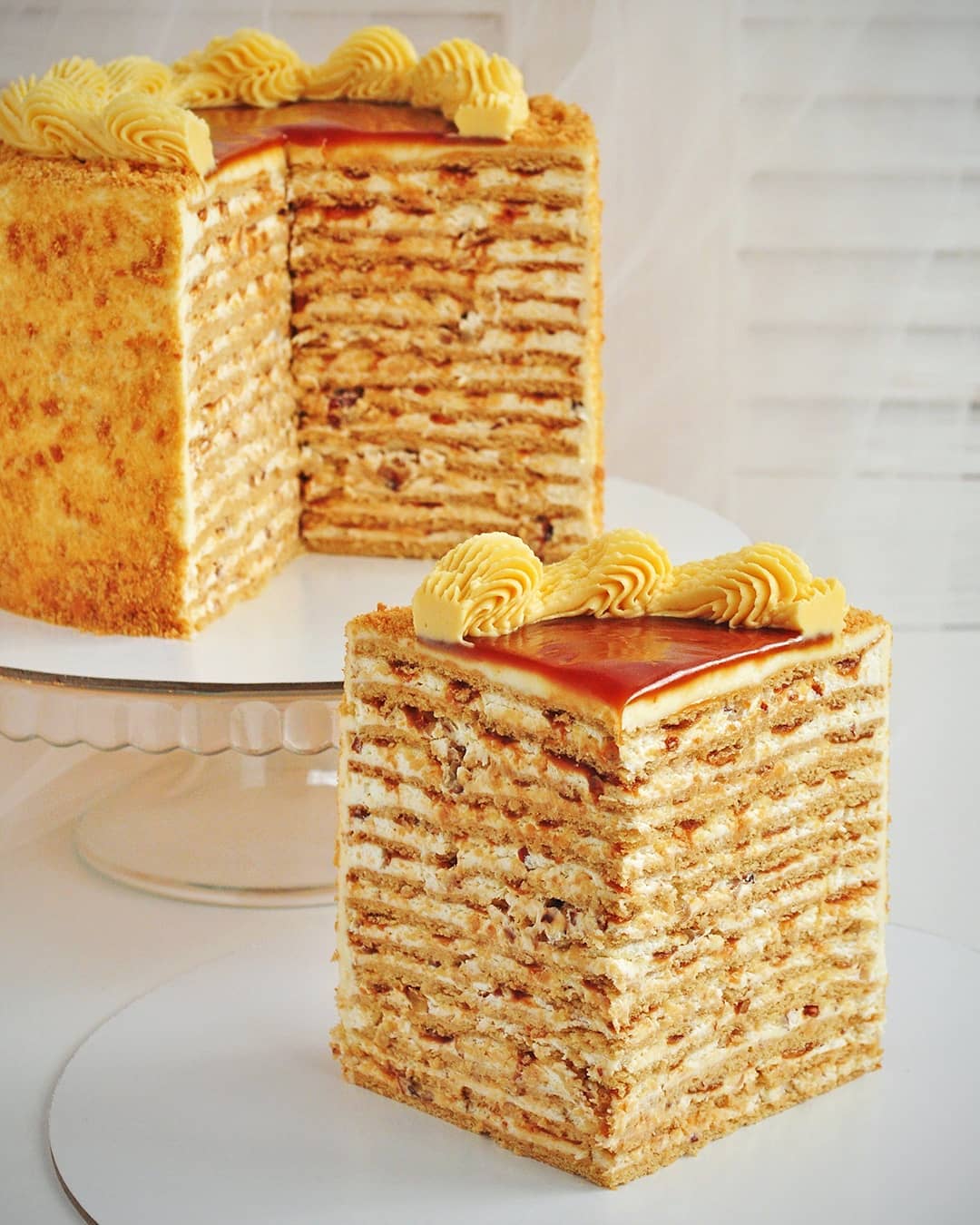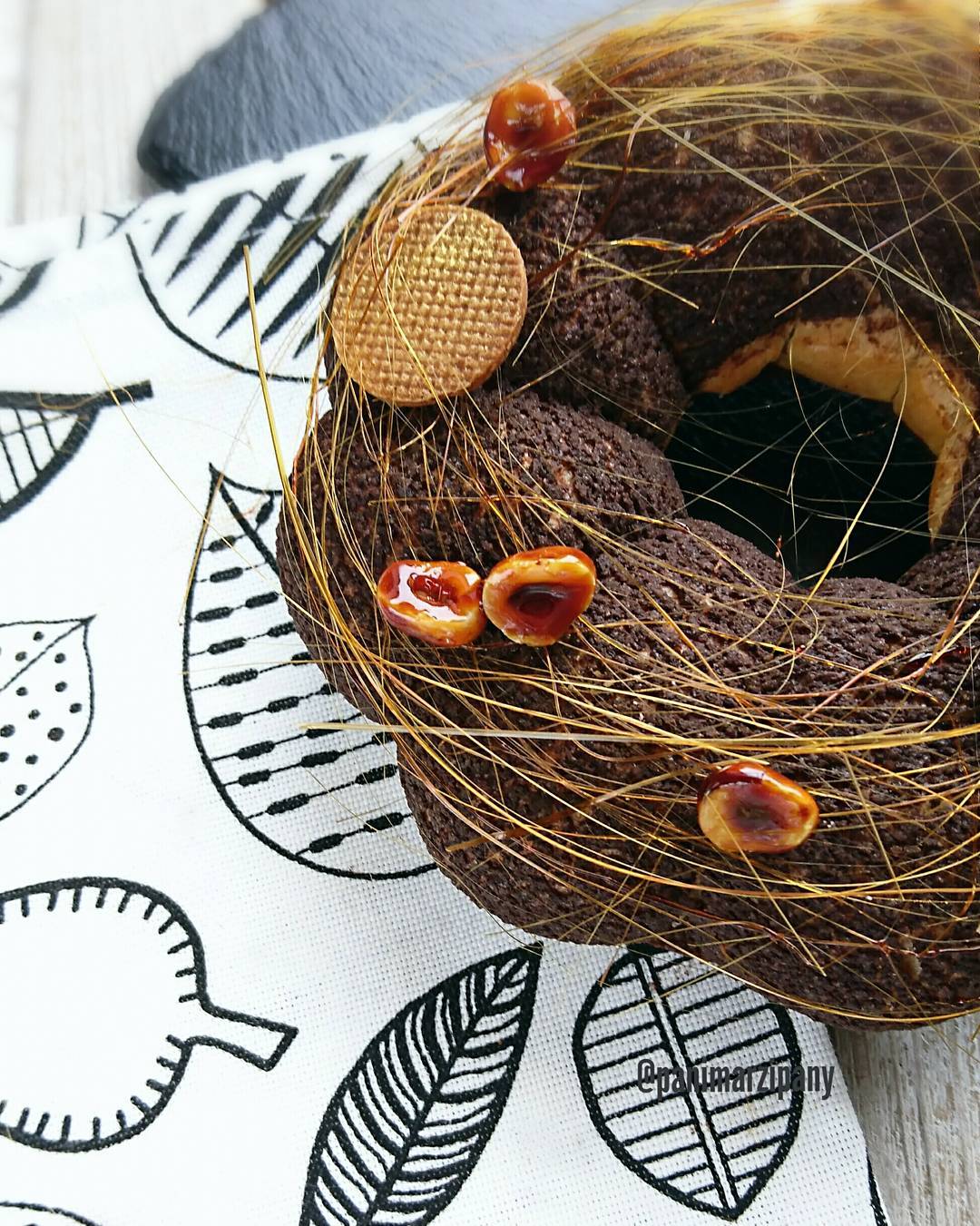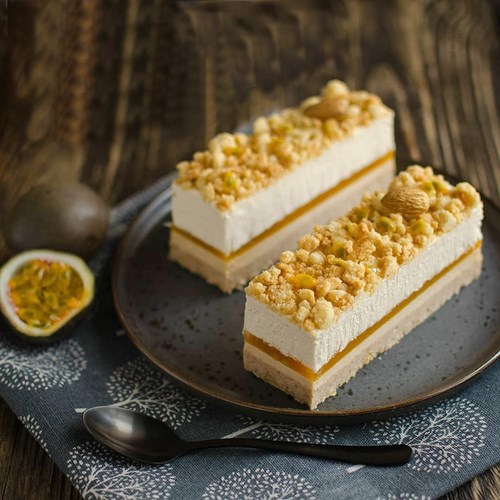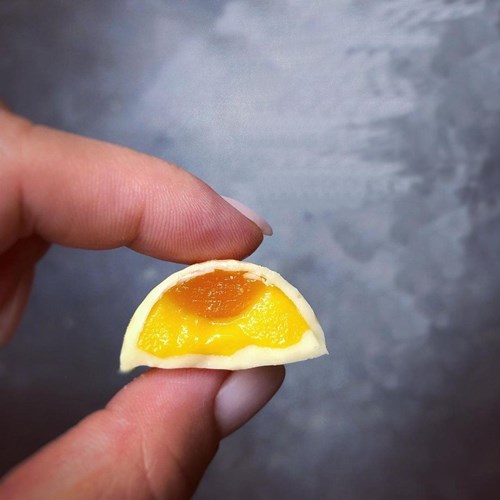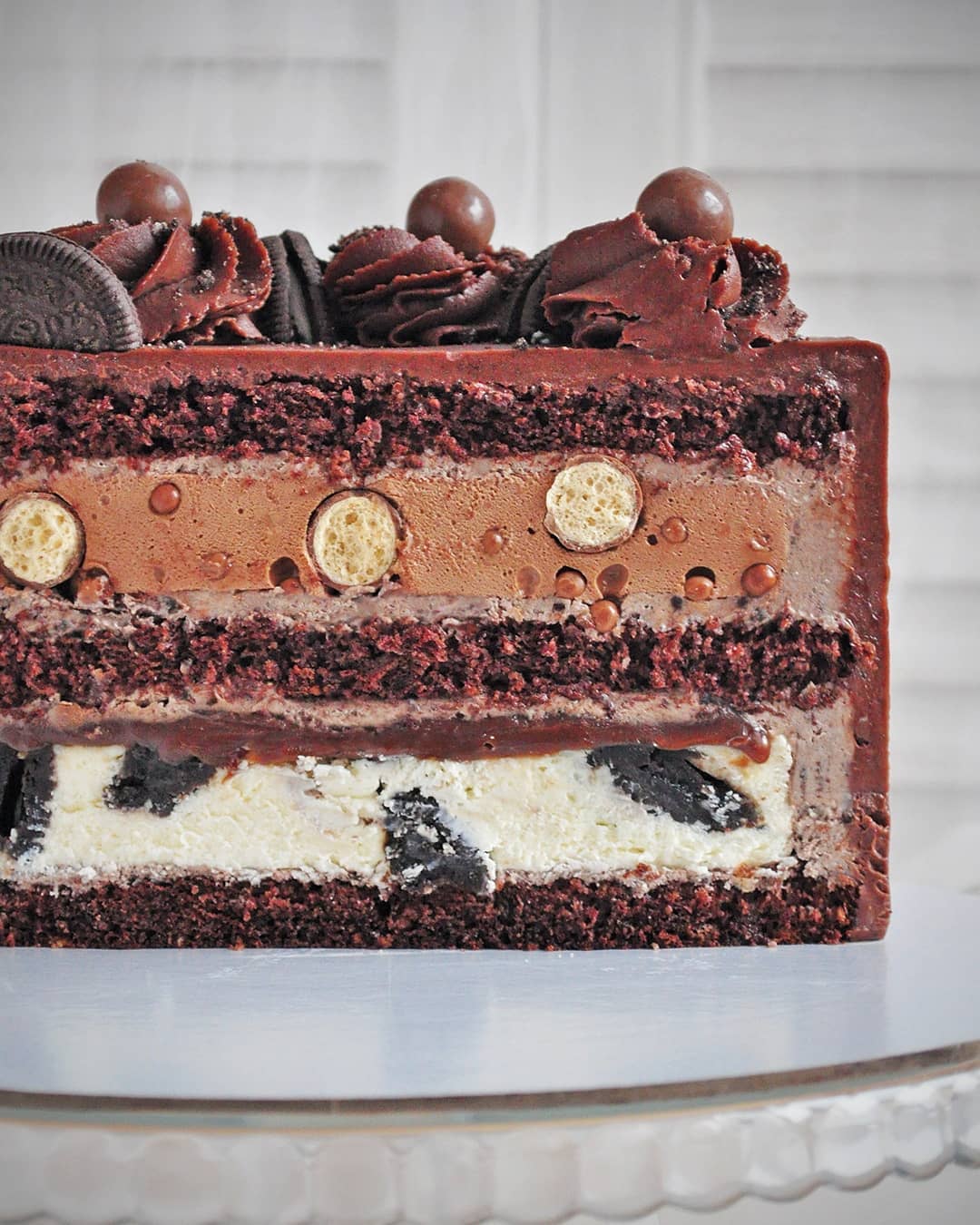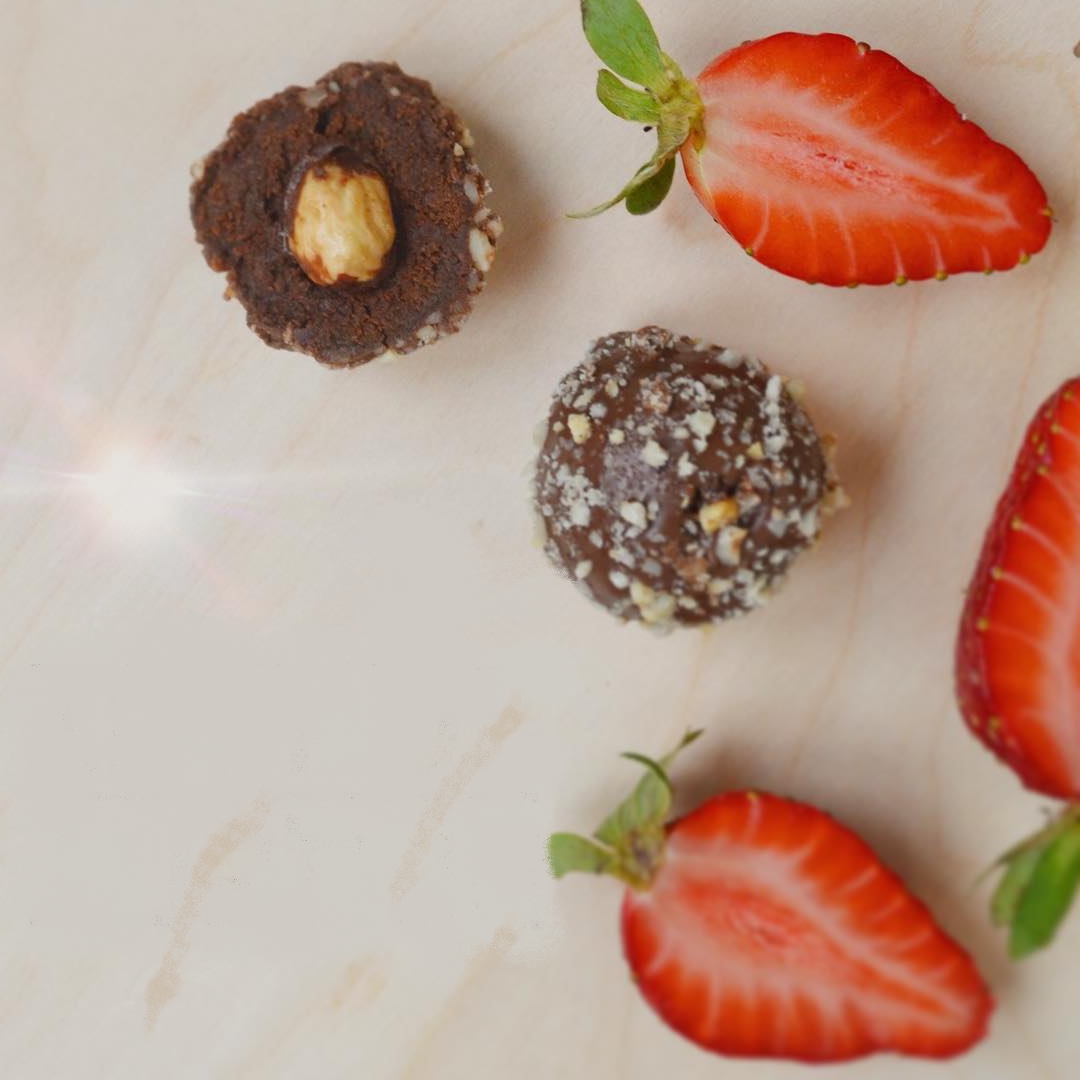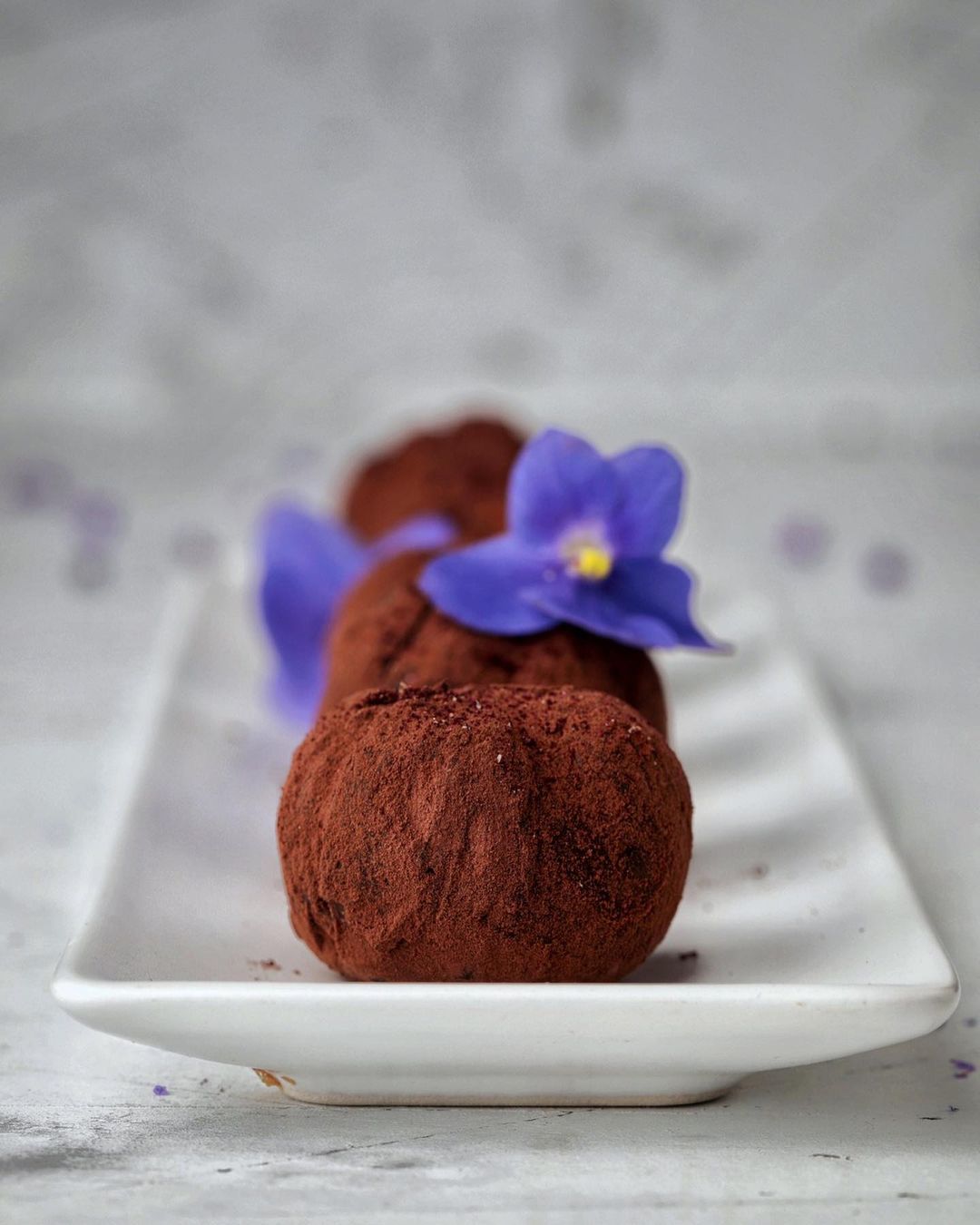Ingredients
Vanilla Sponge Cake
Syrup
Frosting
Ganache
Instructions
Step 1
Step 2
Step 3
Step 4
Step 5
Step 6
Step 7
Step 8
Step 9
Step 10
Step 11
Step 12
Step 13
Step 14
Step 15
Step 16
Step 17
Step 18
Servings
Equipment
You'll need a few different sizes for mixing the dry and wet ingredients separately. Prefer glass or stainless steel bowls for easy handling.
A hand mixer works fine, but a stand mixer speeds things up, especially when whipping eggs until thick and fluffy.
Ensure your baking dish is lined with baking paper for easy removal. Non-stick is a bonus, but baking paper is your best friend.
For melting chocolate quickly and safely. Use short pulses to avoid burning the chocolate.
These are essential for testing the cake's doneness. Insert one in the center of the cake—if it comes out clean, your cake is ready.
Variations
Faq
- How can I tell if my eggs are whipped enough?
You’ll know the eggs are ready when they’ve increased in volume, become light in color, and can form ribbons when you lift the whisk.
- Why did my cake sink in the middle?
This could be due to the oven temperature being too low or opening the oven door too soon. Always check the cake with a toothpick before removing it from the oven.
- Can I make the cake layers ahead of time?
Yes, you can bake the cake layers a day ahead and store them wrapped in plastic wrap in the refrigerator. Assemble the cake just before serving.
- What’s the best way to melt chocolate for the frosting?
Use short, 15-second pulses in the microwave and stir between each pulse to ensure the chocolate doesn’t burn.
- How do I prevent my ganache from being too runny?
Ensure the ganache has rested in the fridge for at least an hour to thicken properly before coating the cake.
- Can this cake be frozen?
Yes, you can freeze the unassembled cake layers. Wrap them tightly in plastic and foil. Thaw completely before adding the frosting and ganache.

